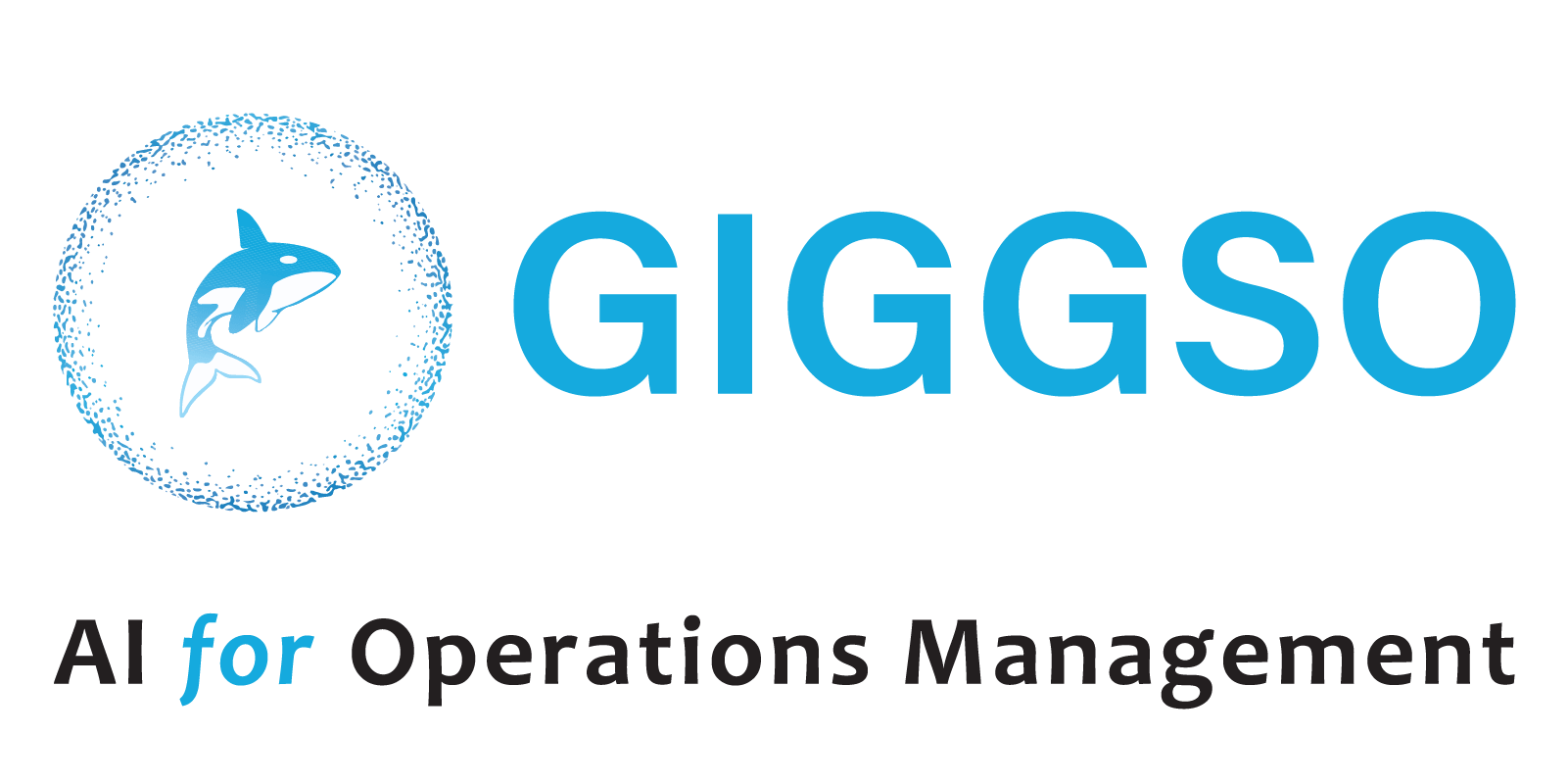In today’s data-driven world, businesses constantly seek ways to extract meaningful insights from their data and use those insights to drive their business decisions. However, more than insights are needed to make a substantial impact. To truly harness the power of data, organizations are turning to rapid iterations in data science models as a transformative approach that can propel them from mere insights to tangible and influential outcomes.
Rapid iterations refer to the iterative process of refining and improving data science models through continuous feedback, adjustments, and experimentation. This allows businesses to improve the accuracy and performance of their models and reduce the time it takes to get their models into production.
In this blog post, we will discuss how rapid iterations have the potential to revolutionize data-driven decision-making, the benefits, and the implementation steps to incorporate them in data science projects.
Understanding Rapid Iterations
Rapid iteration has emerged as a transformative approach that allows data scientists to refine and improve their models through an iterative and feedback-driven process. Rapid iteration refers to the process of continuously refining and improving data science models through repetitive cycles of experimentation, adjustment, and feedback incorporation.
This allows businesses to get feedback on their models early and often, improving the accuracy and performance of the models while reducing the mean time it takes for the model to be deployed in production.
 Figure 1.
Figure 1.
As an iterative and feedback-driven approach
With an approach in contrast to the traditional data science approach which often involves developing large, complex models that are then tested on a large dataset, the models are developed and tested in small incremental adjustments made to the model based on insights gained from the previous iteration, and feedback from stakeholders is used to improve the models.
Rapid iteration emphasizes a cyclic and repetitive approach, where feedback from various sources, such as domain experts, end-users, data analysis, or performance evaluations are carefully analyzed and utilized to guide the iterative improvement process.
Agile Characteristics of Rapid Iterations
Rapid iterations provide the flexibility to adjust models and experiment with various techniques enabling data scientists to respond to dynamic data landscapes and evolving business needs.
Agile methods promote frequent testing and validation of models throughout the iterative process to identify weaknesses and iterate on their solutions promptly. Embracing dynamic and agile rapid iterations fosters a culture of innovation within data science teams. This continuous pursuit of improvement and innovation can provide a competitive advantage in a rapidly evolving data-driven landscape.
Benefits of Rapid Iterations
- Faster Time-to-Market: Rapid iterations significantly accelerate the time-to-market ratio, enabling data scientists to develop and refine models in shorter cycles by swiftly incorporating feedback and insights. With shorter development cycles, organizations can deploy models faster, seizing opportunities and responding rapidly to changing market needs and evolving business requirements.
- Improved accuracy and performance: Rapid iterations facilitate the iterative refinement of models through feedback-driven adjustments by continuously testing and validating models, and refining their solutions, ultimately leading to improved accuracy. The dynamic nature of rapid iterations allows data scientists to incorporate new insights and generate more precise predictions, leading to improved performance.
- Increased flexibility and adaptability: Rapid iterations empower organizations to embrace flexibility and adaptability, through an agile decision-making process, allowing data scientists to respond quickly to emerging insights and trends and take informed decisions based on up-to-date information, enhancing their ability to adapt and seize opportunities.
- Reduced Costs: Rapid iterations enable data scientists to identify and rectify issues at an early stage, minimizing the costs associated with fixing problems later in the development cycle. By continuously refining models through rapid iterations, organizations can focus on areas that require improvement, avoiding unnecessary investments in ineffective approaches.
How to implement Rapid Iterations in your organization
Implementing rapid iterations in an organization requires a systematic and iterative approach. By following the step-by-step guide outlined above, you can establish a culture of continuous improvement and impactful outcomes.
- Identify the business problems and opportunities, and define clear objectives and goals that address the specific challenges that your data science initiatives face.
- Determine the specific outcomes, and define metrics and key performance indicators (KPIs) that will measure the success of your models.
- Build a Cross-Functional Team comprising data scientists, domain experts, stakeholders, and end-users.
- Foster collaboration and open communication and knowledge-sharing among team members.
- Implement agile methodologies, such as Scrum or Kanban, and conduct regular meetings, sprint planning sessions, and retrospectives to ensure effective teamwork and continuous improvement.
- Establish a structured iterative development process to develop an initial version with key variables, algorithms, and methodologies of the model to serve as a baseline.
- Gather feedback from domain experts, end-users, and stakeholders throughout the development process and analyze the feedback and iterate on the model by incorporating necessary adjustments and enhancements.
- Repeat the iteration cycle, testing, adjusting, and refining variables, parameters, and algorithms of the model based on insights gained and adjusting based on the results and feedback received.
- Embrace Continuous Learning and Improvement to fully leverage the benefits of rapid iterations, by sharing of insights, best practices, and lessons learned among the team.
- Maintain thorough documentation of each iteration, including the changes made and the outcomes achieved.
- Enable data-driven decision-making by regularly reviewing the feedback, insights, and results from each iteration to aid agile decision-making
- Monitor and measure model performance throughout and establish robust monitoring systems to track the performance and effectiveness of the model.
- Continuously evaluate key metrics and compare them against predefined targets.

